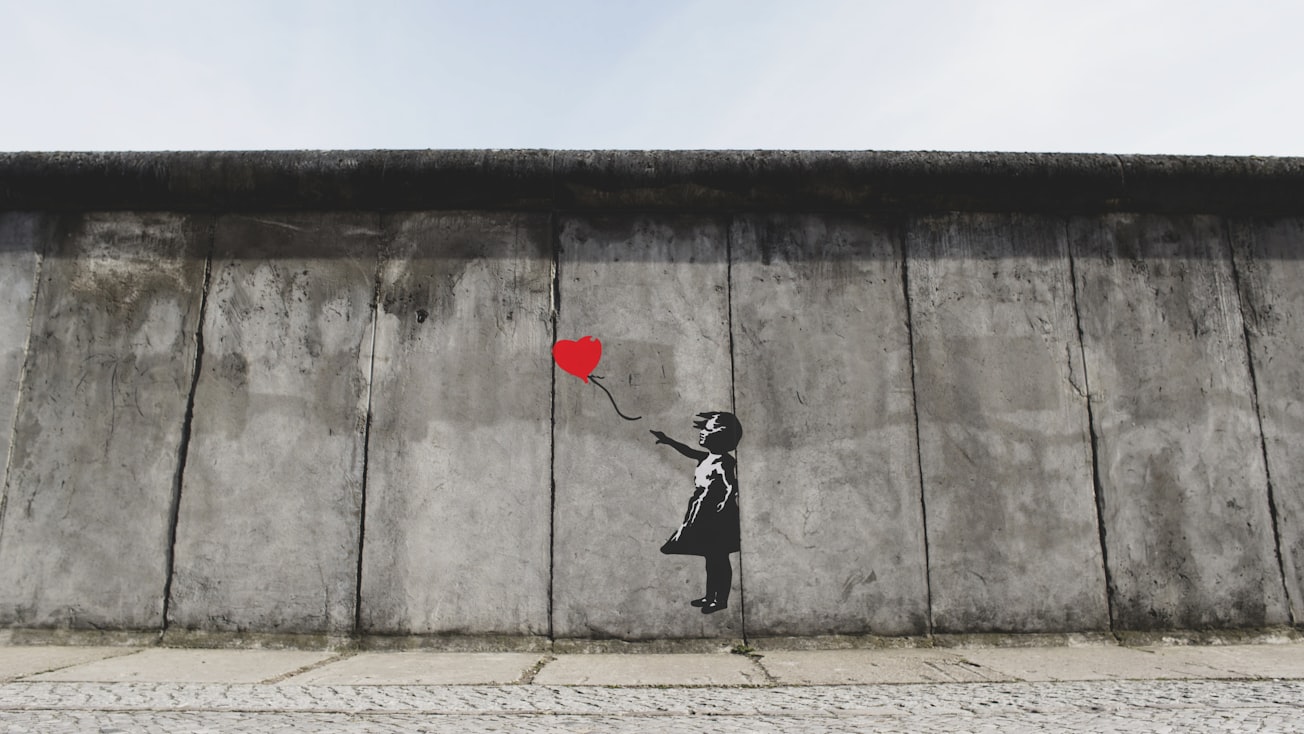What is it about?
Impactful online and hyped in the media, street art remains an art world enigma: It’s commercial success is celebrated but its public iterations still exist somewhere between public art and vandalism. This article presents the street artist’s practice as a two-part enterprise, comprised of commercial works created for resale and public works intended as gifts to the public. Interdependent and inextricably linked, both elements exist as two sides of the same practice in a strategy informed by the success of twentieth-century street artists such as Keith Haring and Jean-Michel Basquiat. Conceptually centered around authentication, a street artist’s dual practice discourages the sale of public works by declaring them inauthentic post-removal, complicating their ability to be preserved for the very public for which they are originally intended. This article examines the consequences of this dual practice, focusing specifically on the paradoxical position of removed public works and the systems which enable their legal sales without the artist’s involvement. The article concludes with an argument advocating for the preservation of public works, in order to facilitate a comprehensive understanding of the street artist’s practice.
Featured Image

Photo by Eric Ward on Unsplash
Read the Original
This page is a summary of: The privatization of street art and the preservation paradox, Visual Inquiry, March 2018, Intellect,
DOI: 10.1386/vi.7.1.29_1.
You can read the full text:
Contributors
The following have contributed to this page







